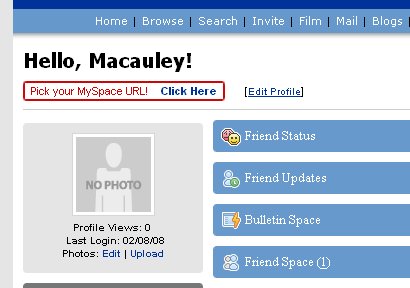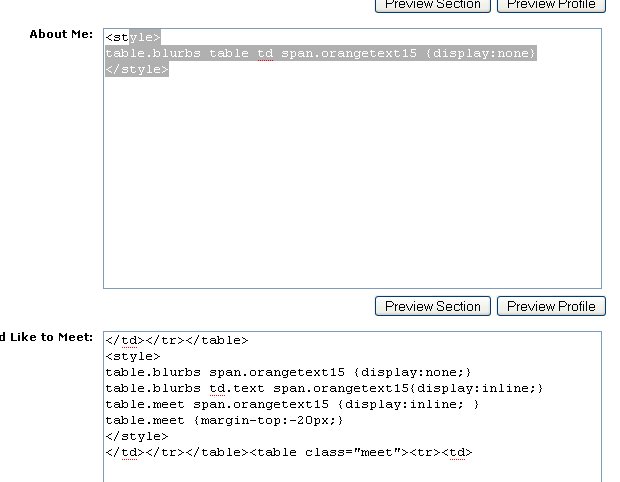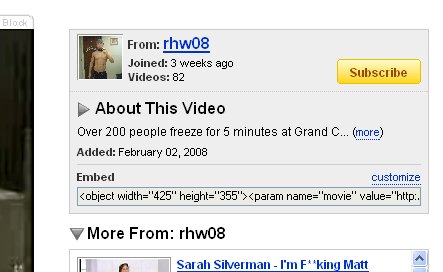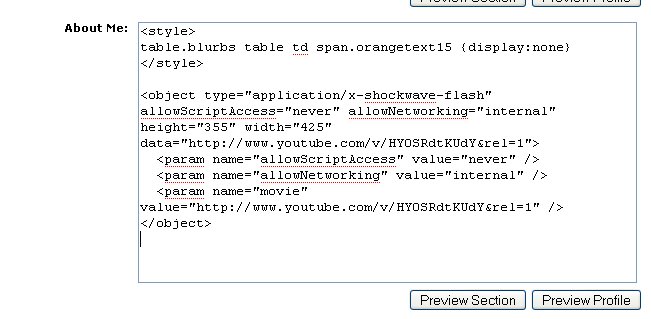Response to Jackson’s Response
Friday, February 29th, 2008Hi all,
In my — prosecution, last week — opening statement, I excised some of the “argumentative” material for a more general overview of the case. Thus, some notes to the Jackson article were unmentioned. It seems late, but here’s my response anyway.
1. Jackson argues: “Extraordinary in conception and execution…it was persuasively argued, beautifully written, and thoroughly researched. It held that Moses was a brilliant and idealistic reformer who ultimately soured politics…” etc., and Jackson’s own contribution: “I posit a different hypothesis about Moses’s impact upon New York.” Thus, Jackson tailors partly as a response to Caro. At the same time, he simply doesn’t deal with Caro’s arguments substantively, often oversimplifying but usually ignoring them.
2. Interestingly — it’s curious, but not very relevant — Jackson posits Moses as a visionary, but claims “the great builder simply was swimming with the tide of history” — perhaps the opposite of genius. More substantively, however, Jackson is excusing New York City’s — and Moses’ — lack of emphasis on public transit as the norm of 1920s and 1930s American life. Citing “Caro’s narrow context,” he claims that “Detroit voters chose the highway over public transportation in the 1920s or that the city of Cincinnati built a subway line in the 1930s and never opened it.” Simultaneously, in Jackson’s narrow context, we are not asked to consider the circumstances of Detroit’s rejection, or Cincinnati’s non-use of its subway line.
If “voters chose the highway” in the 1920s, it must have been a small and unrepresentative turn-out. Automobiles were a luxury then, and I suspect automobile owners, if voting, might have no use for public transit. Still, there’s another issue here. Quite simply, big cities with great working-class populations will always make use of a public transit system.. IF that system is functional. Jackson casually dismisses Caro’s arguments by a quick and superficial note of Detroit and Cincinnati, without offering any details on the cities. It’s not good enough to note the rejections, without explaining why. To say “everyone preferred the automobile” is inaccurate for 2 reasons: 1) most people didn’t have cars, 2) the preferences of the car-owners were based on the fact that public transit didn’t exist, or if it did, it existed inadequately. Naturally, I’d prefer candlelight to a bonfire in my living room, but this preference is absolutely meaningless in the context an incipient alternative: electricity. Public transit was that incipient alternative then, but it was strangled by neglect. If no potential was shown by public transit, that’s NOT an intrinsic fault of public transit; it’s the fault of how it’s being handled.
3. Jackson states: “It is true that Moses took no action to save either the nickel fare or the subways. But those responsibilities were not his.” Again, this is more of that social-vacuum reasoning — that action on the one side doesn’t affect the possibilities on the other. This is wrong. It is only “technically” true that Moses had no responsibility over public transit.. but it is not true that Moses’ policies did not negatively affect public transit. In a city of limited money and endless budget cuts, overestimating your expenditures by 1,000% will carry the expenses — in the form of cut-backs — over to other projects. That is common sense. Moreover, constant highway projects do not help the cause of public transit — although it was “not his responsibility,” an emphasis on automobiles carries over in the same way that overestimating expenses does. Finally, this over-reliance on “official duties” again defeats Jackson’s claims of “visionary.” In fact, Moses went far beyond his “official duties” — he went beyond the typical job requirements in many different ways, and to suddenly forget this is logically inconsistent if “official duties” is the defense.
4. In Jackson’s take on Moses’ slum clearance, he simply reiterates Caro.
5. Jackson states, “Caro wrongly posits that…Moses cut corners in construction because he had such little regard for the poor,” claiming it was the city’s legislation. This may be accurate, and Caro may be wrong, but it’s also hard to believe that Moses would not be able to go beyond these restrictions, as he always had (”visionary,” remember?). I’m sure building construction had its own funding codes and limits, in the same way that highway construction had. Still, if a 1000% overestimate to the tune of $200 million is slipped by unnoticed — and uncriticized, until much later — it might — might — have been just as easy to do a little something extra for the poor, if Moses really desired it. (He didn’t.) So, if the building codes are used as an argument, they have to be explained in context.
6. Jackson repeatedly emphasizes Moses’ lack of personal wealth. As a response to Caro, this is an irrelevant observation, partly because Caro doesn’t discuss Moses’ wealth, merely his lifestyle. The two are not always synonymous, especially if Moses was able to enjoy the high life without wealth. Still, this is irrelevant — Caro emphasizes Moses’ power ambitions, not his monetary greed. In fact, it’s a bit strange — or suspicious — that after a few pages of inadequate argumentation, these irrelevant details are thrown in. They add little.
7. On Moses’ racism, Jackson admits that Moses was racist, but calls it a less important question than “whether that prejudice was something upon which he acted frequently.” This is an awkward qualification for a couple of reasons. First, it’s hard to define what it means to act “frequently” on racist impulses, especially since city-building offers only a few opportunities for one man to exercise these impulses. One might, for example, build almost no parks in black neighborhoods — Moses did exactly that — or leave black neighborhoods in total ruin – that is a pretty big deal. That is, there is little room to act on racism, short of running a bulldozer through Harlem indiscriminately. Second, Moses probably had little contact with non-whites outside of the abstract — he might construct no parks in Harlem, but he himself didn’t deal with the concrete issues of public relations. Jackson’s stipulation — “did he go out of his way to discriminate…” — invokes an image of a street-walking Moses, pushing non-whites and knocking over strollers full of children. In fact, Moses was discriminatory in the abstract; the evidence for this is considerable, if only we look at those unbuilt parks in non-white neighborhoods.
Alex.



